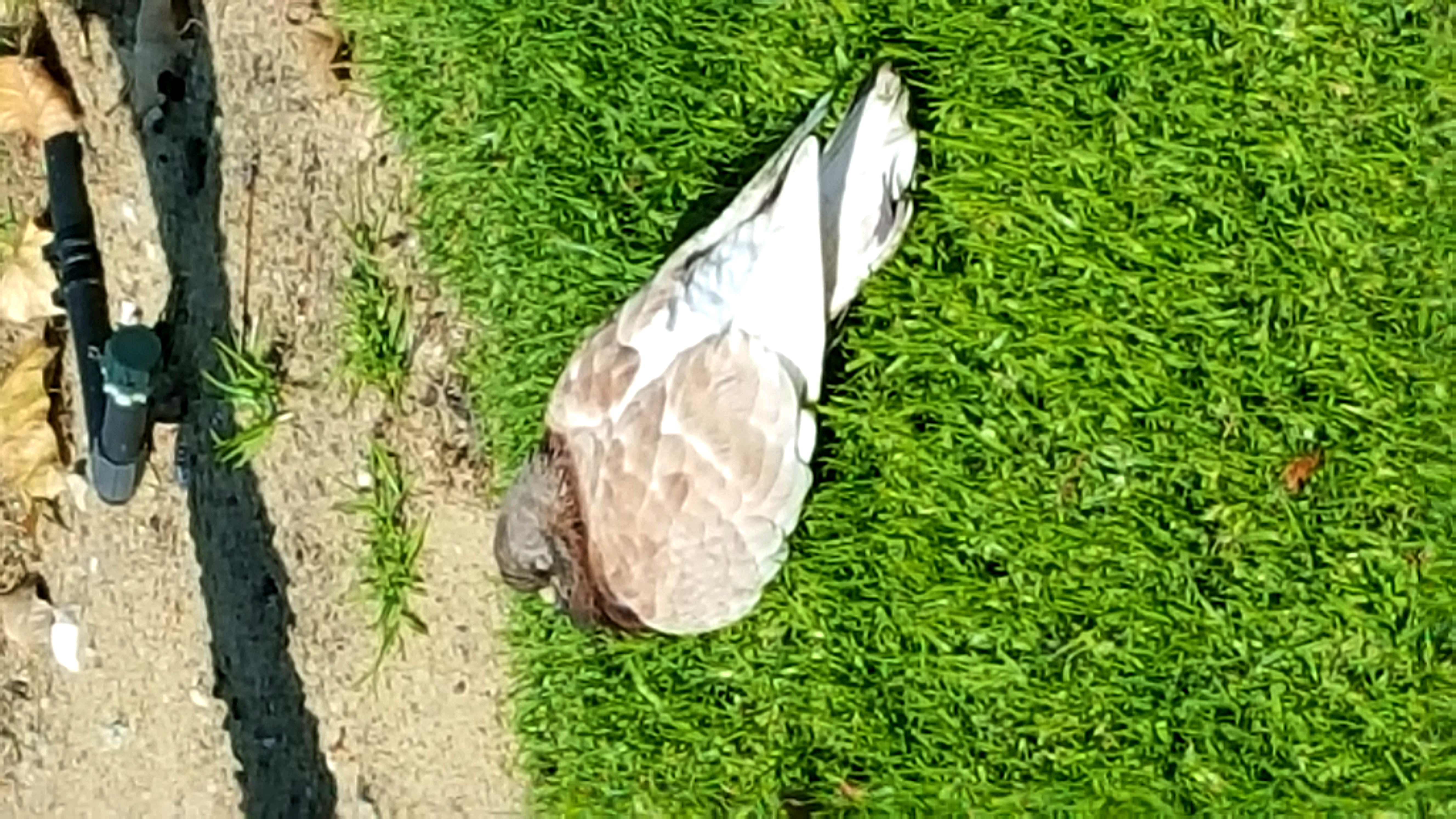mollwollfumble said:
Now to separate species in Melbourne by commonness.
1. Nest in buildings and don’t stray far.
House Sparrow, Rock Dove.
2. Common as muck. All of the above (with the exception of Tree Martin), and
Masked Lapwing, Willie Wagtail, Grey Butcherbird, Teal, Little Wattlebird, Blue Wren, Magpie, Welcome Swallow, Blackbird, Myna, Crested Pigeon, Eastern Rosella, Galah, Purple Swamphen, Rainbow Lorikeet, Dusky Moorhen.
3. Very common.
Hoary-headed Grebe, White-browed Scrubwren, White-faced Heron, White-plumed Honeyeater, Corella, Straw-necked Ibis, Reed Warbler, Black-winged Stilt, Brown Thornbill, Bronzewing, Cockatoo, Tern, Goose, Egret, Goldfinch, Cormorants, Grey Fantail, Little Grassbird, New-Holland Honeyeater, Pied Currawong, Red-rumped Parrot, Red-browed Finch.
4. Less commonly seen (not necessarily less common).
Dotterel, Shelduck, Blue-billed Duck, Greenfinch, Yellow Robin, Horsfield’s, Kookaburra, Musk Duck, Pardalote, Swamp Harrier, Spoonbill.
OK, have done a lot better than that now. I went through all displayed observations (at fixed resolution) in a wide area around Melbourne counting selected species (trying to avoid the most common and rarest). I’ve mapped locations for 19 species, let me know if you want to see the maps.
Summary from Melbourne and environs. From west of Geelong to east of Yallourn, from south of Inverloch to north of Craigieburn.
The website pre-summarised the data by automatically removing observation sites too close to one another, before I had a chance to look. So what we have here is the relative number of observations.
Selected species. Numbers of observation sites.
57 Laughing Kookaburra
37 King Parrot
33 Grey Fantail
18 Eastern Spinebill, Pied Currawong
16 Pardalote (mostly spotted), Red-browed finch
12 Silvereye
8 Skylark
6 Satin Bowerbird
5 Gang-Gang Cockatoo, Jackie Winter, Swamp Harrier
4 Shelduck, Musk Lorikeet, Bellbird, Cape Barren Goose, Greenfinch, Nankeen Kestrel, Black Kite, Dotterel (combined), Spoonbill (combined)
3 Tree Martin, White-headed Pigeon, Kingfishers (combined), Goshawk & Sparrowhawk (combined), Eagle (combined), Red-capped Plover
2 Pipit, Song Thrush, Blue-winged Parrot, Tawny Frogmouth, Grey Currawong, Black-shouldered Kite
1 Golden-headed Cisticola, Brolga, Magpie Goose, Little Falcon, Ruddy Turnstone, Oystercatcher
0 Bulbul, Whistling Kite, Peregrine Falcon, Zitting Cisticola
Comments on the above.
Of the most common birds above, the most common I have never seen in Melbourne are the King Parrot and Silvereye. I’ve only seen one Skylark here.
A pity about the Cisticolas because I’m almost certain that I heard both species in the reeds.
The one Magpie Goose is in addition to the one I saw.
The one Brolga was seen at Point Wilson.
The one Ruddy Turnstone was seen at St Leonards (east of Geelong).
The two sightings of Tree Martin includes mine.
Some birds could be described as “locally common”, particularly the Satin Bowerbird, which is common only near Healesville. The Cape Barren Goose is limited to Phillip and French Islands. The Red-capped Plover was only seen on Phillip Is and Cape Schank. The Black Kite is locally common near Geelong. The Grey Currawong was only seen due East of Melbourne. The Lyrebird would be considered locally common, too.
The King Parrot and Grey Fantail were seen everywhere in equal numbers, but never at the same observation point. Weird.
The Kookaburra is completely absent west of the longitude of Melbourne City Centre. Weird.
The Red-browed Finch is seen equally often in urban and rural areas. Ditto the Kookaburra. The Pied Currawong prefers urban areas. The Greenfinch enjoys inner Melbourne.
Raptors are rare.

